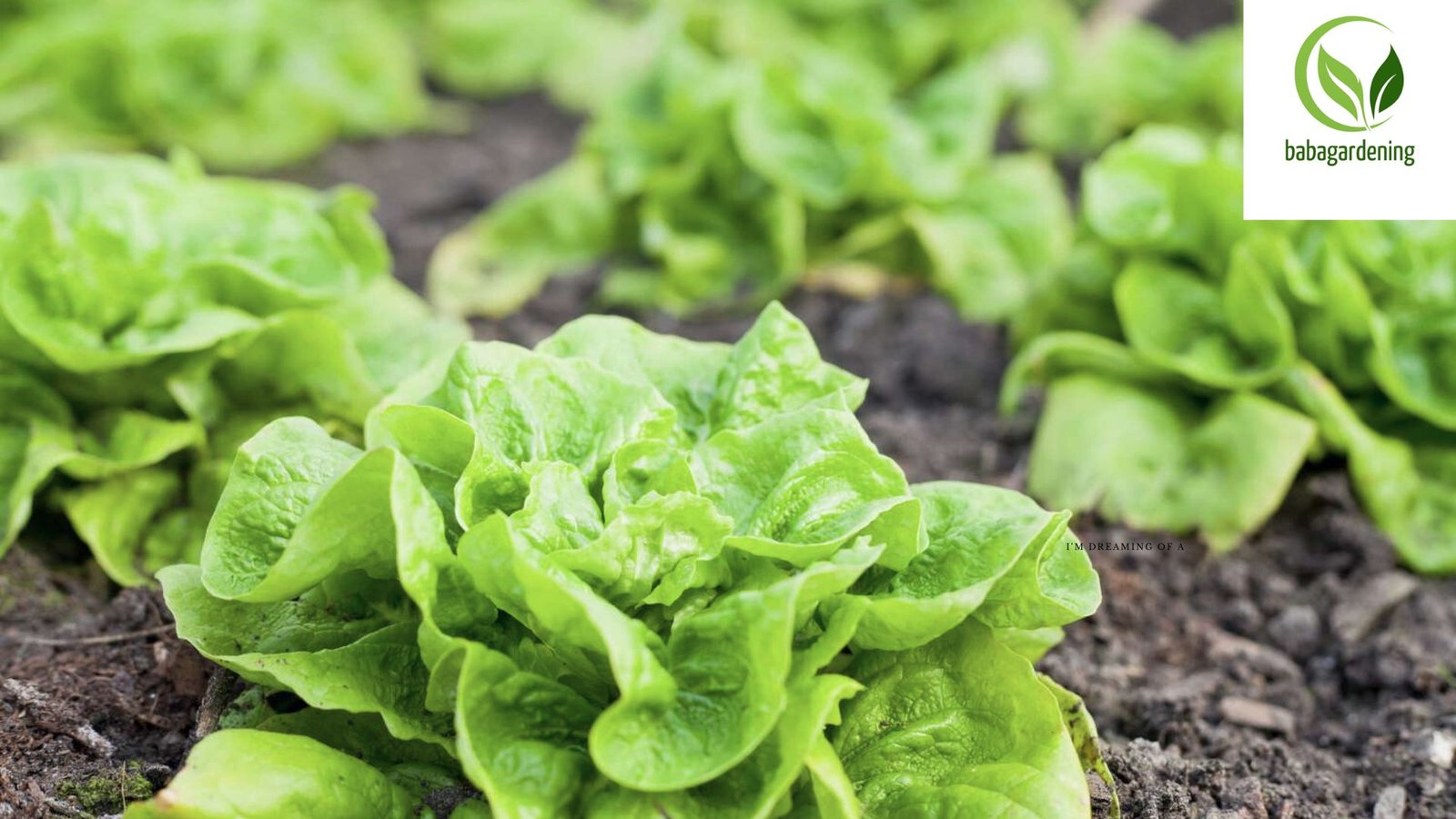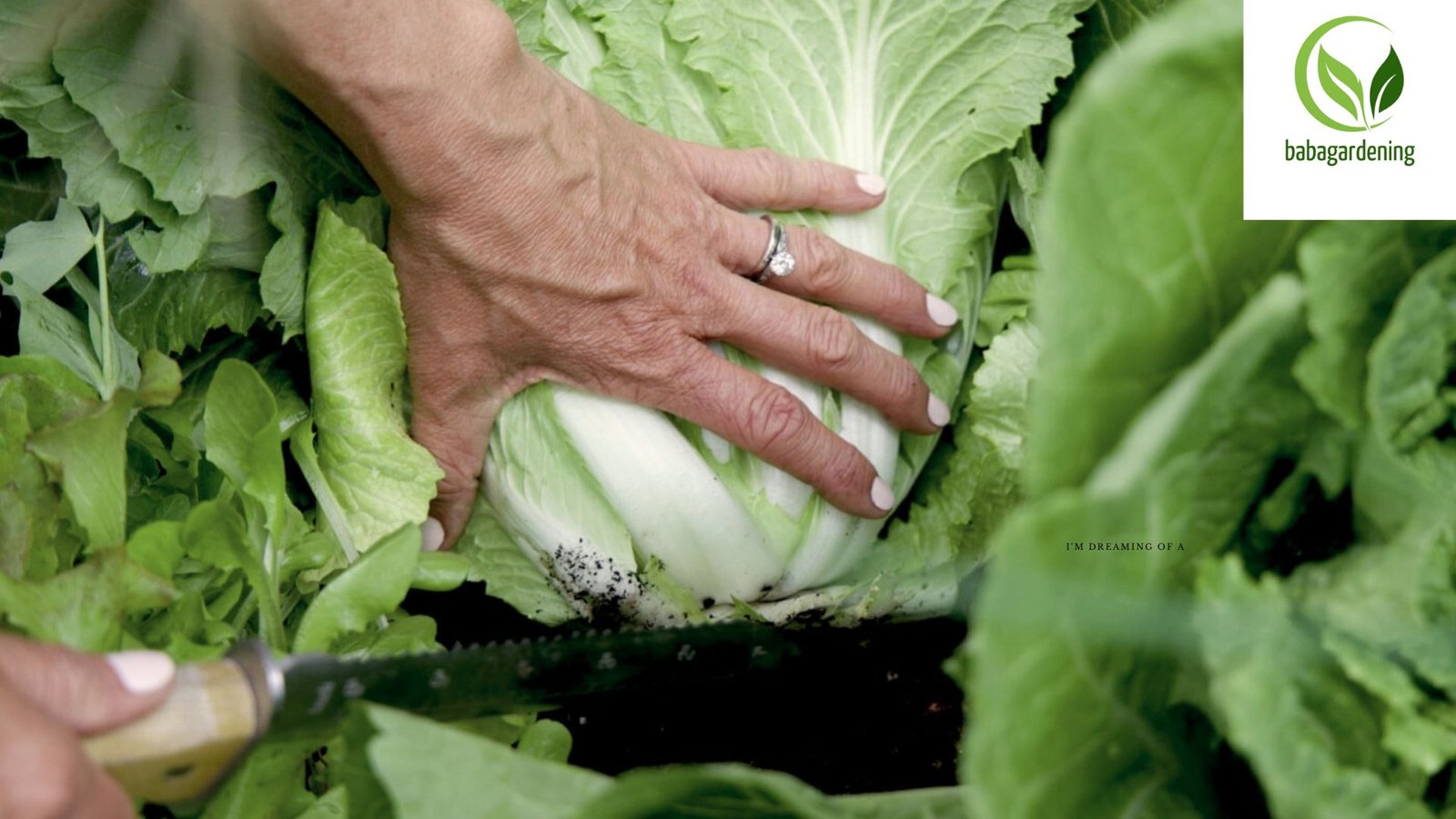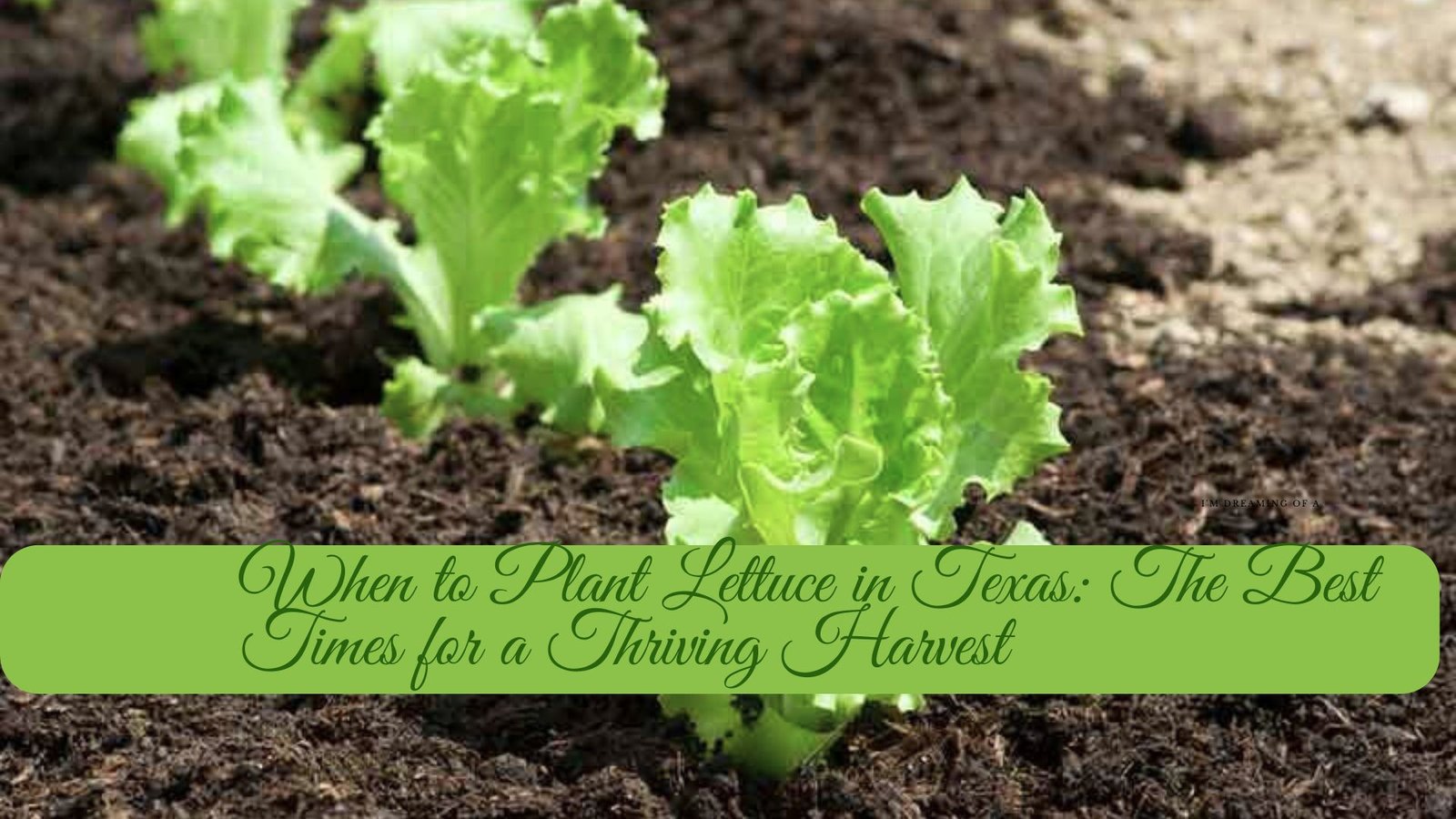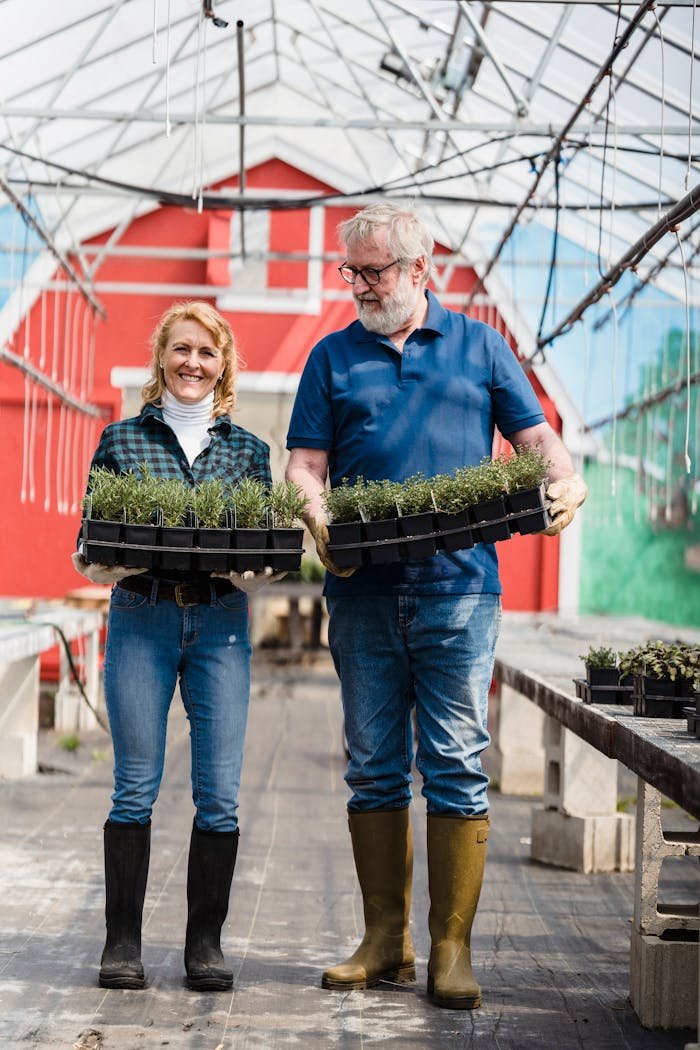Knowing when to plant lettuce in Texas can make all the difference between a thriving garden and a bitter disappointment. Texas isn’t like other states—it doesn’t follow a single, neat growing season. That’s why understanding the unique Texas gardening rhythm is essential for success. Lettuce is one of the most rewarding cool-season crops Texas gardeners can grow, but timing and variety are everything. Whether you’re working with compost-rich soil for lettuce in raised beds or trying to grow lettuce in containers, planting at the right time will give you fresh, crisp greens for months. In this guide, we’ll break down the best times and methods for growing healthy, delicious lettuce in the Lone Star State.
Why Growing Lettuce in Texas is Worth It
Many gardeners think that lettuce is hard to grow in Texas. They fear bugs, bitter leaves, and short seasons. But that’s not true. The problem is, most seed packets and magazines follow growing timelines for states that have four clear seasons. Texas doesn’t work like that. Once you learn the rhythm here, growing lettuce is simple, and the rewards are amazing. Homegrown greens convenience is unbeatable—you just walk outside, pick what you need, and enjoy it fresh.

Lettuce belongs to a group of cool-season crops Texas gardeners love. You can plant them in early spring or fall and harvest for months. With just one compost fertilized garden bed, even a small one, a family can eat fresh greens all season. It’s also budget-friendly. Store-bought greens go bad fast. But in your garden, you harvest what you need and let the rest keep growing.
Best Time to Plant Lettuce in Texas by Season
Knowing when to plant lettuce in Texas is everything. If you wait too long in spring, your plants may bolt quickly. Bolting means the plant flowers too early, making the leaves bitter. On the other hand, if you plant in the middle of a hot summer, seeds won’t even sprout. So you need to follow the right cool season planting schedule for your area.
Here’s a simple guide based on the Texas vegetable planting calendar:
| Region | Spring Planting | Fall Planting |
| North Texas | Feb–March | Sept–Oct |
| Central Texas | Jan–March | Oct–Nov |
| South Texas | Jan–Feb | Oct–Dec |
Lettuce loves cool weather. That’s why fall and spring lettuce planting are the best in Texas. Fall is easier because the weather gets cooler instead of hotter. That gives your lettuce more time before it bolts. Many people grow fresh lettuce from September to June with the right care.
Choosing the Right Lettuce Varieties for Texas Heat

Texas heat can ruin the wrong type of lettuce fast. You need heat-tolerant lettuce varieties and those with lettuce bolt resistance. These types handle warm spring days without turning bitter or rushing to flower. Choosing wisely helps avoid one of the biggest lettuce growing mistakes to avoid.
For fall gardening in Texas, some of the best lettuce varieties are:
| Variety | Season | Notes |
| Black Seeded Simpson | Fall | Fast-growing, soft leaves |
| Drunken Woman | Fall | Unique look and great taste |
| Tom Thumb | Fall/Spring | Compact and good for pots |
| Oakleaf | Both | Loose and slow to bolt |
| Jericho | Spring | Very strong slow to bolt lettuce varieties |
Also, use heirloom lettuce seeds when possible. These are older varieties that do well in specific regions. Some come from places like Israel or Louisiana, where the climate is like Texas.
How to Grow Lettuce from Seeds Step-by-Step
Start with compost-rich soil for lettuce. Lettuce needs soft, fertile ground. Add aged compost or natural fertilizer before planting. If you’re using raised bed gardening Texas style, you’re already ahead. Raised beds warm up fast and drain well. Sow seeds shallow, about ¼ inch deep, and water gently.
If you’re short on space, you can also grow lettuce in containers. Even a pot on a patio works. Lettuce doesn’t need deep soil. Just make sure the container has good drainage and add compost often. Water once a week if it doesn’t rain. Seeds usually pop up in 7–10 days, so be patient.
How to Protect Lettuce from Texas Weather Extremes
Texas weather changes fast. You might have sun one day and frost the next. So learning how to guard your greens is key. Start with row covers, shade cloth, or simple plastic tunnels. These tools protect from wind, frost, and even sunburn.
During winter, when frost threatens your Texas winter vegetable garden, a cheap plastic sheet at night works well. In spring, use 30% shade cloth to reduce heat. Lettuce loves 60–70°F, but still grows with care in higher temps. These tools make it easier to follow the cool season planting schedule year after year.
Harvesting Tips for Fresh, Crisp Lettuce

Timing is everything when it comes to harvesting. Many gardeners prefer harvesting outer leaves first. This method is called “cut and come again.” You cut the big leaves from the outside and let the middle keep growing. This gives you fresh lettuce for weeks.
Another tip is to harvest early in the morning. The leaves are crisper and less stressed from heat. If you prefer baby spinach vs mature spinach, pick leaves when they are small and tender. They’re great in salads and easier on the taste buds for kids.
Post-Harvest Care: Cleaning and Storing Your Lettuce
Once picked, rinse your lettuce gently. Use cool water to remove dirt and bugs. Shake it dry or spin in a salad spinner. Then, store it in the fridge wrapped in a paper towel. This keeps moisture balanced and stops sogginess.
If leaves wilt, soak them in ice water for 15 minutes. They’ll perk right back up. This is a great tip for making the most of your homegrown salad greens. Fresh from your yard lasts longer than store-bought—and it tastes better too.
Common Lettuce Growing Myths and Mistakes to Avoid
There are three major myths about growing lettuce in Texas. First: “Lettuce is too hard to grow.” Not true. You just need the right timing. Second: “Too many bugs.” While some caterpillars like it, Bt for insect control solves that fast. Bacillus thuringiensis organic spray is safe, natural, and easy to use. It’s a great tool for organic pest control for leafy greens.
Third: “Lettuce bitter taste Texas heat makes it useless.” Again, not true. If you plant slow to bolt lettuce varieties and give a little shade, you’ll have sweet, crisp leaves. Most lettuce myths busted come from poor advice or planting too late.
Related Lettuce Gardening Resources
To dive deeper into when to plant greens in Texas, check out guides from Texas A&M AgriLife Extension, which has region-specific tips. Also, look up companion planting charts, and resources on cold-hardy vegetables Texas growers love like kale and spinach.
If you’re using natural caterpillar control, research neem oil, companion herbs like basil, or even hand-picking caterpillars. They work alongside But for insect control.
Final Thoughts: Planning for a Successful Lettuce Harvest in Texas
Growing lettuce here is not only possible—it’s a smart way to keep fresh food on the table. Follow the Texas vegetable planting calendar, choose the best lettuce varieties for Texas, and be ready with tools for protection. With the right plan, you can enjoy leafy greens almost all year.
Texas may be wild, but lettuce loves it if you treat it right. Now that you know when to plant lettuce in Texas, you’re ready. So don’t wait—pick your seeds, prepare your compost fertilized garden beds, and let the growing begin.
FAQs
1. What month do you plant lettuce in Texas?
Plant lettuce in Texas during February to April or September to December, following the cool season planting schedule.
2. What is the best month to plant lettuce?
October is ideal for fall crops, while February is best for spring—both avoid the Texas heat that causes bitterness.
3. What is the best lettuce to grow in Texas?
Jericho, Black Seeded Simpson, and Oakleaf are the best lettuce varieties for Texas, known for lettuce bolt resistance.
4. What is the secret to growing lettuce?
Time it right, use compost-rich soil for lettuce, and pick slow to bolt lettuce varieties to avoid common failures.



